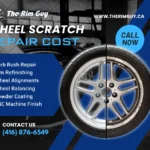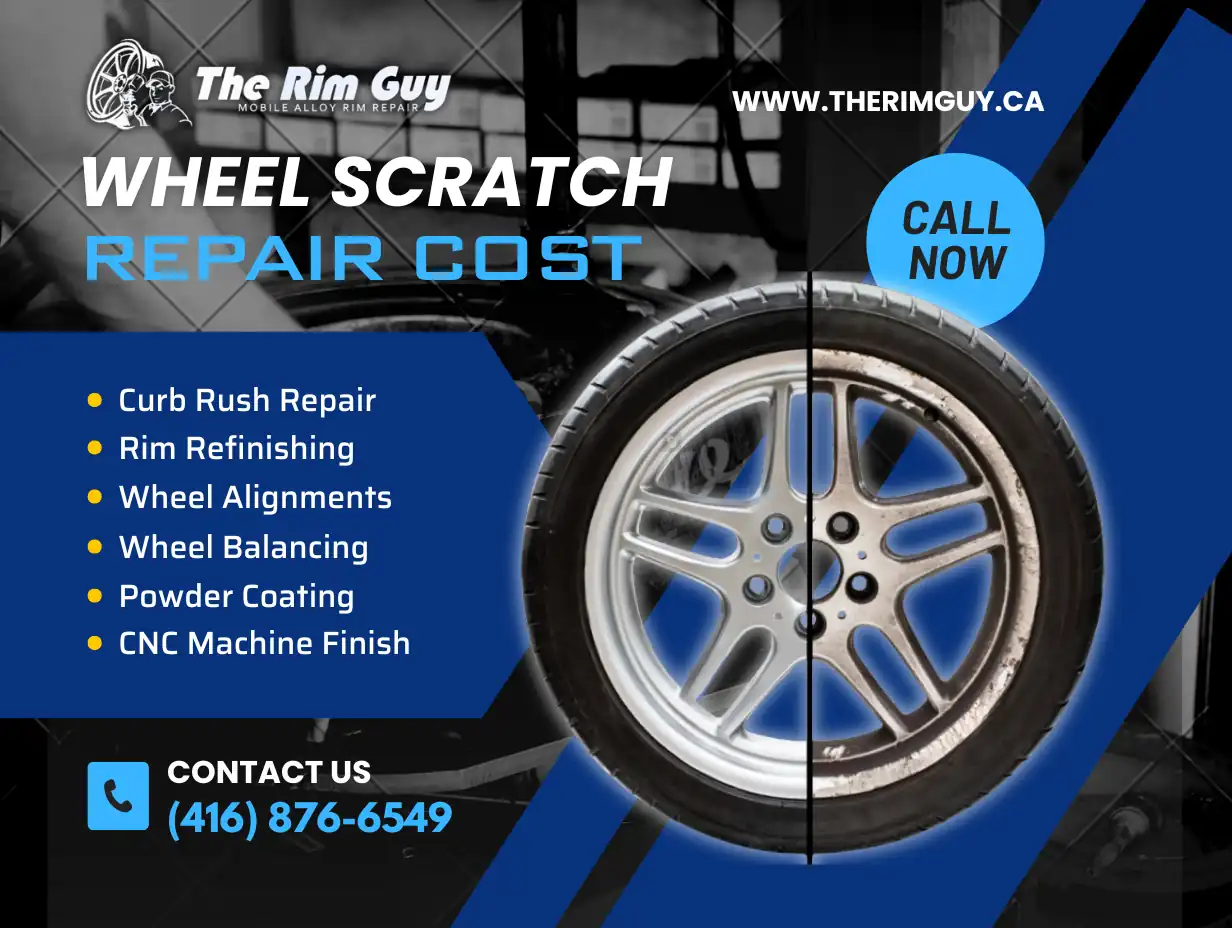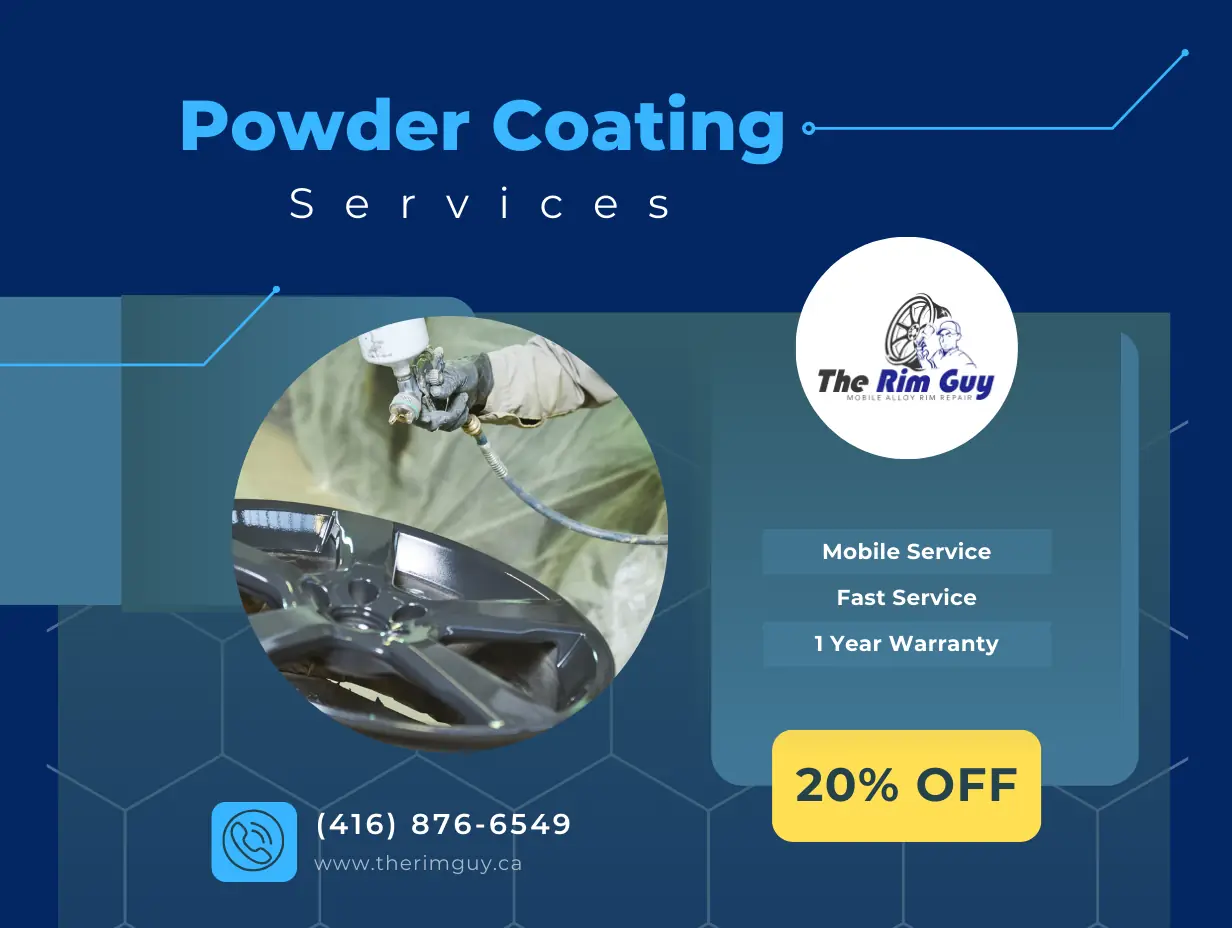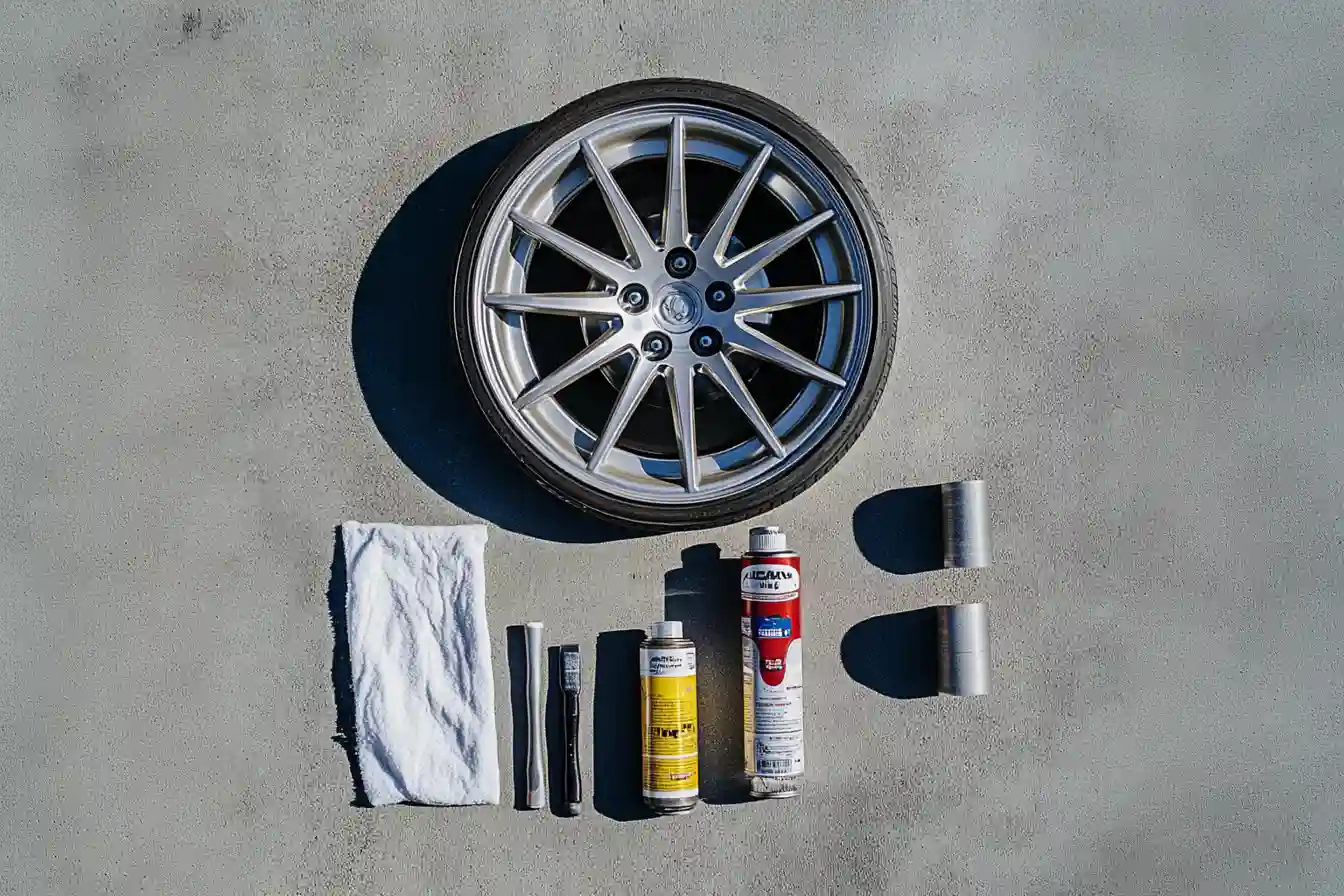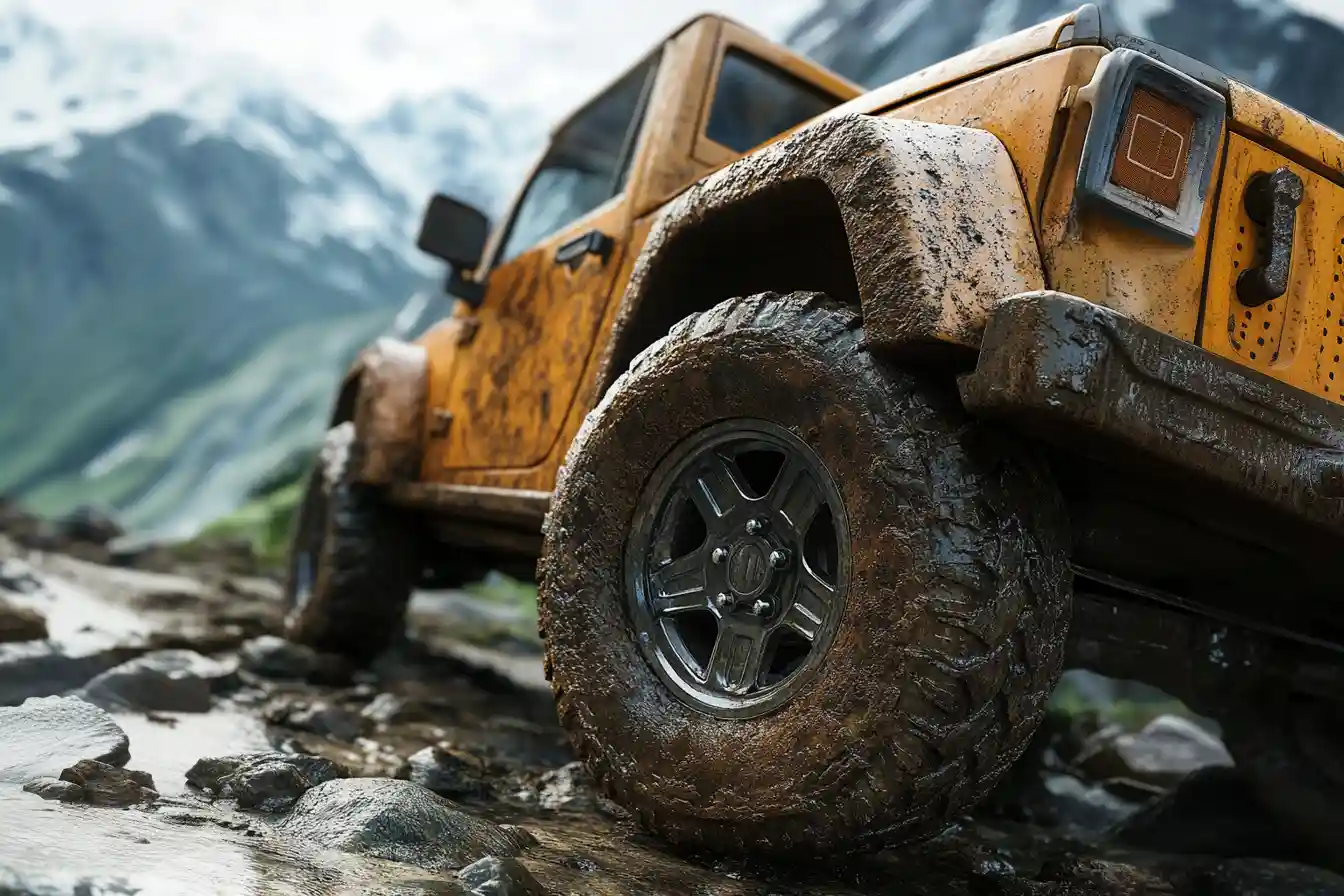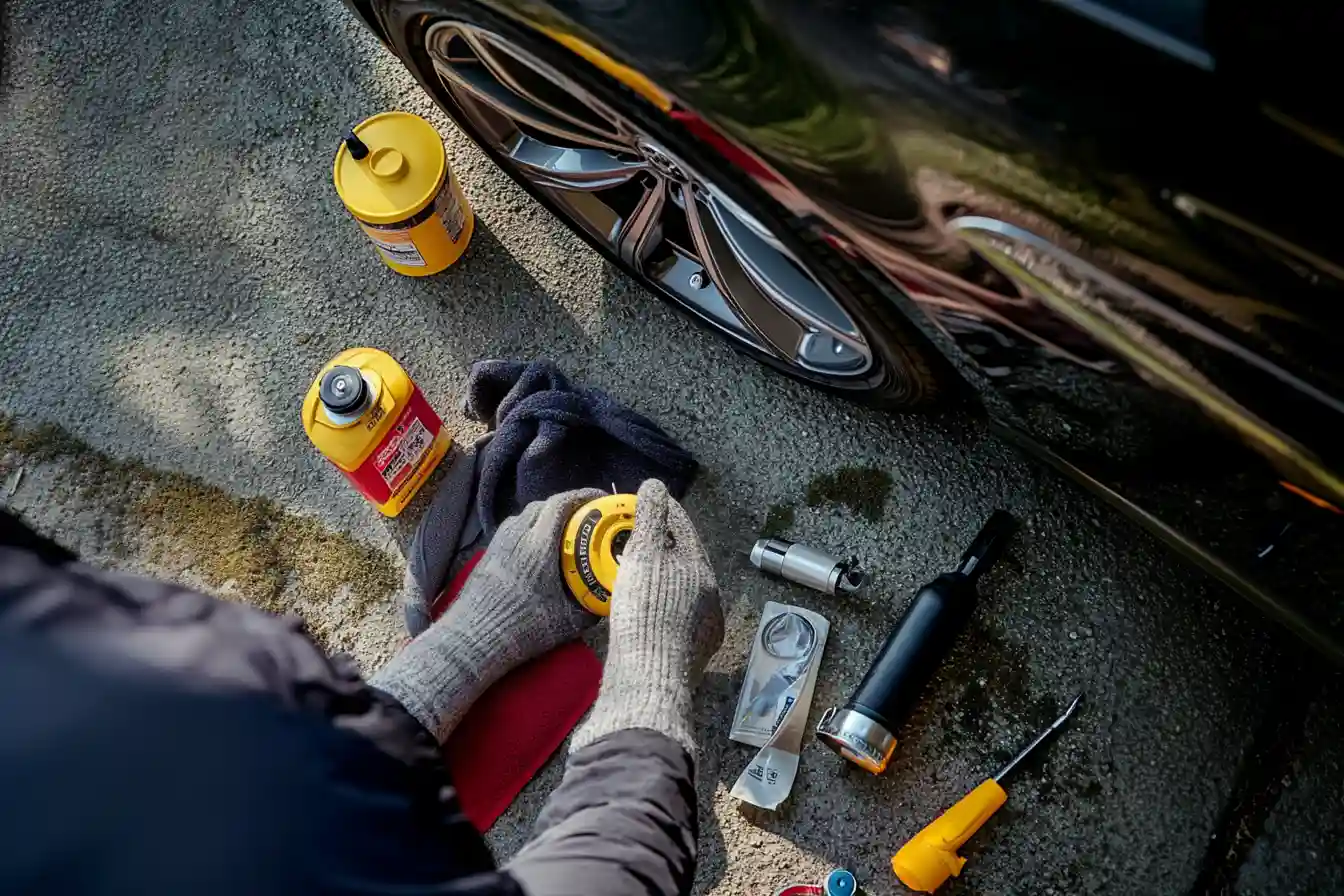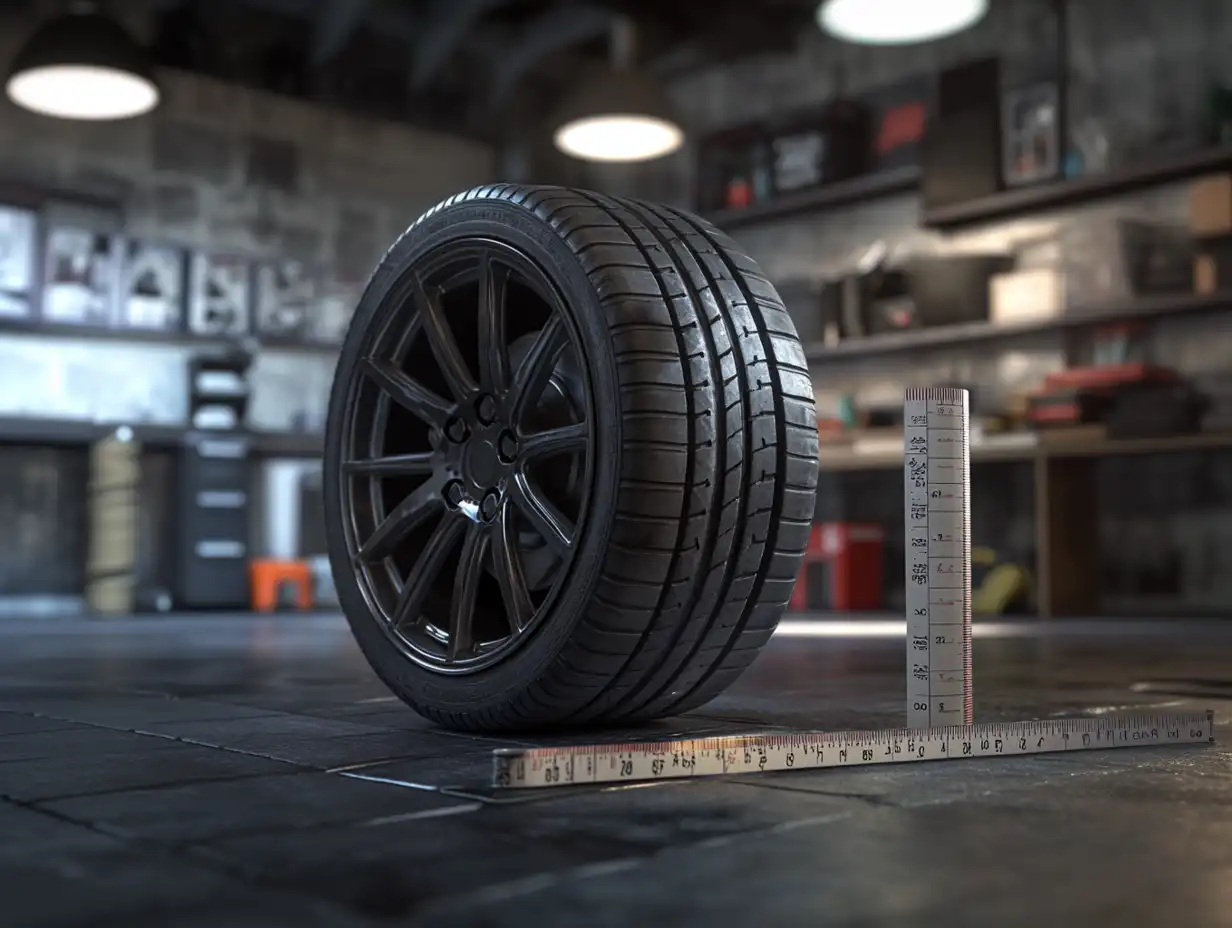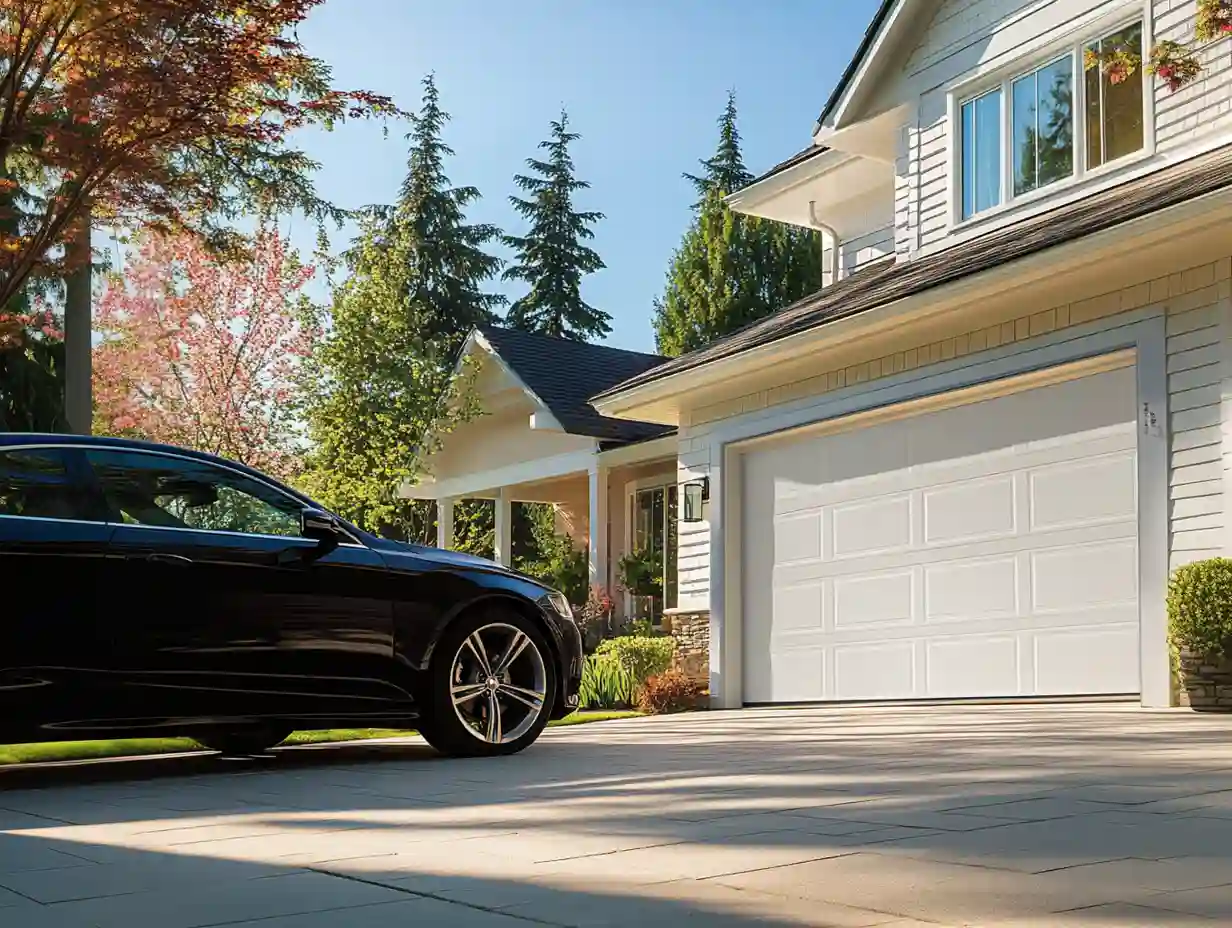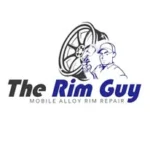Shiny, reflective, and undeniably eye-catching—chrome wheels can elevate any car’s appearance. Yet chrome plating is also delicate; it’s prone to pitting, flaking, and rust if left unchecked. Knowing how to Repair Chrome Wheels is essential to preserving that brilliant mirror-like finish and preventing deeper damage that can compromise both aesthetics and performance.
In this comprehensive guide, you’ll discover what causes chrome wheels to deteriorate, the pros and cons of attempting do-it-yourself fixes, and when it’s best to seek a professional’s touch. We’ll also discuss the typical chrome wheel repair cost, explore effective maintenance strategies, and walk through some real-world examples that illustrate the challenges and benefits of restoring chrome rims. By the end, you’ll be equipped to decide whether a DIY approach is enough or if it’s time to enlist professional services.
Why Chrome Wheels Suffer Damage
Chrome plating is essentially a thin layer of metal carefully bonded to a steel or aluminum rim. Though stunning when new, it’s vulnerable to:
- Road Salt and Debris: Chemicals used for de-icing roads can corrode chrome surfaces.
- Moisture Infiltration: Once cracks form, moisture can seep beneath the plating, causing bubbling or rust.
- Brake Dust and Grime: Metal particles from brake pads can etch into chrome if not regularly cleaned.
- Improper Cleaning Methods: Harsh chemicals or abrasive brushes scratch the surface and accelerate flaking.
These factors underscore the importance of quick action. If left untreated, rust on chrome rims can spread, causing irreversible damage that may necessitate a complete wheel replacement.
Warning Signs and Risk Factors for Chrome Wheel Restoration
Chrome wheels don’t always show obvious damage right away. Keep an eye out for:
- Pitting: Tiny craters or blemishes on the chrome surface
- Flaking or Peeling: Chrome layers lifting away from the rim
- Yellowish Tinge or Rust: Early signs of corrosion that can worsen rapidly
- Bubbling: Air pockets forming under the chrome layer
Overlooking these warning signs can lead to deeper structural issues. Severe pitting or corrosion can weaken the rim itself, jeopardizing both looks and safety. Pay close attention to the inside barrel of your chrome wheels where moisture may accumulate undetected.


DIY Methods: Pros and Cons
When deciding whether to Repair Chrome Wheels on your own, consider the extent of the damage and your comfort level with automotive tools.
DIY Advantages
- Cost savings on labor
- Immediate scheduling flexibility
- Satisfaction from tackling a project yourself
DIY Disadvantages
- Limited effectiveness on severe pitting or rust
- Risk of further damage if sanding or grinding is done incorrectly
- Difficulty achieving a perfect chrome finish without specialized equipment
You might handle superficial rust and light scuffs with at-home techniques, but deeper pitting, peeling, or flaking often warrants professional intervention.
Step-by-Step DIY Process for Polishing Chrome Wheels
If you decide to take the DIY route for minor chrome wheel restoration, here’s a brief overview:
- Clean Thoroughly: Use a gentle, chrome-safe cleaner and a soft brush or microfiber cloth. Remove all dirt, brake dust, and grime.
- Assess the Damage: Identify if the rust or pitting is only surface level or extends deeper under the chrome.
- Sand Problem Areas: For small rust patches, use fine-grit sandpaper (600–800) to carefully remove corrosion and create a smooth transition.
- Apply Chrome Polish or Rust Converter: Some products neutralize rust and create a protective layer. Apply according to the manufacturer’s instructions.
- Buff and Polish: Finish with a quality chrome polish to bring back the shine.
Potential DIY Outcomes:
- Successful Light Restoration: Minor surface defects may look nearly new.
- Spotty Results: Incomplete rust removal can accelerate corrosion.
- Thin or Patchy Finish: Over-sanding might remove too much chrome, exposing the underlying metal.
Tip: Always use protective gear and consider removing the wheels from the vehicle for better access.
Professional Repair Techniques
When chrome damage runs deep, professionals utilize specialized techniques:
- Chemical Stripping: Dissolves the old chrome plating, revealing a clean base metal.
- Sandblasting or Media Blasting: Removes corrosion and flaking, prepping the surface for refinishing.
- Filling and Smoothing: Technicians correct pitting by filling the metal, then grind or sand the rim to a uniform surface.
- Re-Chroming or Alternative Finishes: The wheel may be replated in chrome or refinished using another durable coating like powder coat.
- Protective Clear Coat: Some shops add a protective clear layer over the newly plated surface to bolster rust resistance.
These services often come with warranties, ensuring a longer-lasting and more uniform finish. However, they also carry a higher chrome wheel repair cost than DIY efforts.
Comparing DIY and Professional Chrome Wheel Restoration Repairs
| Approach | Best For | Pros | Cons |
|---|---|---|---|
| DIY Repair | Light rust, minor scuffs | Lower upfront cost, flexibility | Risk of incomplete repair, limited longevity |
| Professional Repair | Severe pitting, flaking, deep rust, major damage | Advanced techniques, uniform finish, warranties | Higher labor cost, scheduling & turnaround time |
Tip: If you’re weighing costs, factor in the potential need to repeat a DIY fix versus the durability of a professional restoration.
Chrome Wheel Repair Cost Breakdown
Costs vary widely based on location, the extent of damage, and your chosen refinishing process.
| Service Type | Estimated Cost | What’s Included |
| Minor Surface Rust Removal | $75 – $150 per wheel | Sanding, polishing, basic rust converter, spot correction |
| Partial Re-Chroming or Refinishing | $150 – $300 per wheel | Stripping affected areas, spot plating or powder coating |
| Full Re-Chrome | $200 – $500+ per wheel | Complete removal of old chrome, new plating, protective coat |
| Structural Repairs | $250 – $400+ per wheel | Welding cracks or bends, then re-coating |
- Minor Issues: If the wheels only have slight pitting or surface rust, you may only need a partial refinish.
- Severe Flaking: Full re-chroming can be costly, but it restores both appearance and structural integrity.
In some cases, it may be more cost-effective to replace severely damaged chrome wheels, especially if they’re common OEM rims.
Safety and Performance Impacts
Don’t dismiss wheel damage as purely cosmetic. Overlooking rust on chrome rims can lead to:
- Tire Seal Issues: Moisture and corrosion can spread to the wheel’s bead seat, causing slow leaks.
- Compromised Braking and Handling: A weakened rim might not endure heavy cornering or braking forces.
- Increased Vibration: Pitted or warped rims can throw off balance, leading to steering wheel shake.
- Higher Overall Maintenance Costs: Neglected rust and flaking accelerate future repair needs.
Professional evaluation is recommended if your chrome wheels exhibit significant deterioration. They’ll gauge whether the rim remains structurally sound and advise if immediate attention is essential.
Real-World Example
A car enthusiast in a salt-prone coastal area neglected the early stages of corrosion on a set of custom chrome wheels. Within six months, small rust spots had ballooned into large patches of flaking chrome. The shop quoted $300 per wheel for stripping, repairing minor structural damage, and re-chroming—an $1,200 expense. Had the owner addressed the rust earlier, partial refinishing might have cost half that.
Maintenance Tips to Prevent Damage
Prolong the life of your chrome wheels and keep repair costs in check:
- Regular Cleaning: Rinse wheels weekly using a pH-balanced cleaner and soft brush.
- Avoid Abrasive Materials: Steel wool or stiff bristles scratch chrome plating.
- Dry Thoroughly: Moisture left on rims can lead to rust. Use a microfiber cloth.
- Apply Protective Wax or Sealant: Many automotive waxes are chrome-safe and create a barrier.
- Seasonal Wheel Storage: Store chrome wheels indoors during harsh winter months, if possible.
A bit of routine upkeep goes a long way, especially if you live in an area with corrosive road salts or humidity.
Additional Factors to Consider
- Wheel Material: Some chrome wheels are actually aluminum alloy rims with a chrome layer, requiring specific repair techniques.
- Environment: Coastal or wintry climates raise the risk of corrosion.
- Usage Profile: Show cars might prioritize flawless chrome, while daily drivers may accept alternative coatings for durability.
Choosing the best fix sometimes depends on your vehicle’s purpose. Show vehicles or collector’s cars often demand professional-level re-plating for a showroom look, whereas a budget-friendly approach might suit a commuter vehicle.
Where to Learn More
For a deeper dive into wheel refinishing best practices, consult Car and Driver’s Wheel Refinishing Guide. The site offers expert insight into the pros and cons of different coatings and plating methods. And if you’re ready to tackle your own chrome wheel restoration, consider enlisting the specialists at therimguy.ca for professional advice, reliable quotes, and quality workmanship.
Final Thoughts
Figuring out how to Repair Chrome Wheels effectively can feel overwhelming. Between pitting, peeling, and full-scale rust, chrome wheels require attentive care to retain their gleaming finish. For minor blemishes, a careful DIY approach might suffice. However, extensive damage often calls for specialized tools, expert skills, and high-quality materials that only a professional service can provide.
By responding quickly to early warning signs, you’ll avoid the spiraling costs and risks associated with advanced corrosion. Whether you decide on a partial touch-up or a full re-chrome, regular maintenance and mindful driving habits will keep your wheels sparkling for the long haul.



